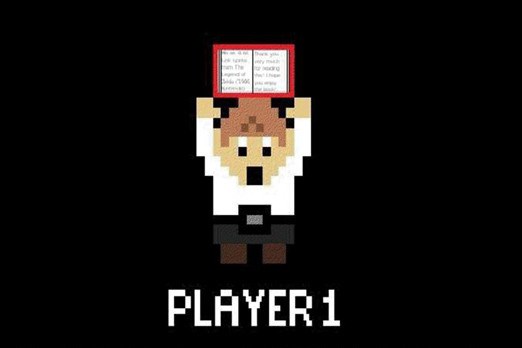When the majority of Daniel Laughton’s physics class skipped to go play the latest released video game, he decided to make his lesson plan a bit more digital.
Laughton, a teacher with the Thunder Bay Literacy Group, wanted to engage his students just like the video game did so he spent the next couple of months working on a pet project. He wanted to write an introductory to physics book that involved some of the more incredible aspects of video games.
He started in January last year and worked off and on researching various video games and how he could make those situations plausible.
The book called the Physics of Videos Games was posted online for free in July. He said he wanted to make it as accessible as possible so he didn’t want to put a price tag on it.
“That’s the biggest thing for me is to introduce people to physics in a friendly manner,” Laughton said. “Whenever I bump into people who I’ve known years ago and we ask what we have been up to and I bring up that I’m a physics teacher the conversation stops. I wanted to get people interested in physics and I wanted to do it in a way that was approachable.”
The book goes into various topics from basic physics to more theoretical topics such as teleportation. The book makes mentions of these topics by using examples from popular and well known video games.
In one reference, the characters in the 1988 classic Contra by Konami on the Nintendo Entertainment System had players leaping twice their height and have the ability to change direction in midair.
Laughton said the ability to jump extraordinarily high is possible. He pointed out that someone who visits the moon will be able to jump much higher than they could on Earth because the gravity is weaker there.
Although, changing direction in midair isn’t possible unless someone bounces off, he said.
Laughton also said teleportation like in the hit puzzle solving game Portal could be possible. In the game, the protagonist uses a portal gun to shoot holes into two solid surfaces and appear instantly in another location by walking through them.
He said teleportation is passing information from one location to another and compared it to the way people send emails through computers.
Laughton also wanted to look into characters that on the surface would seem implausible and find a way to make it plausible. He took Nintendo’s Kirby, a pink balloon-like creature that can copy the abilities of his enemies by eating them, and tried to see if he could make those traits plausible.
Having people question what is possible is the whole purpose of science, he said.
“I was actually very surprised that there is a lot that we can do to make these situations possible without making too many exceptions,” he said. “It was very challenging and fun to do that. We have to give this benefit of the doubt that there can be this being called Kirby that’s basically a balloon with shoes on. Making that an exception, how can we now analyze from here.”
Another book called the Physics of Superheroes by James Kakalios also looked into the physics of popular fictional characters. Laughton said he spoke with Kakalios and took his advice on the direction of his book.
